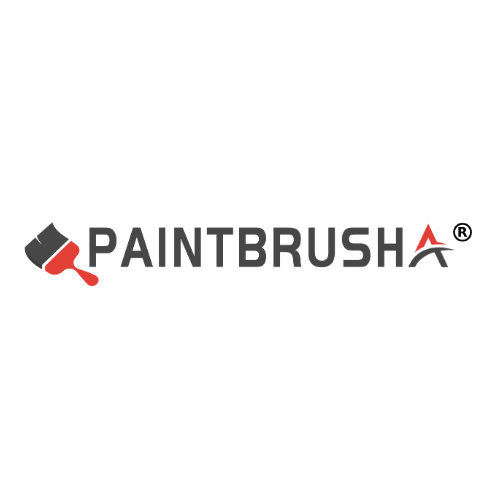When choosing a suitable oil painting brush, the following aspects can be considered:
First, clarify the painting requirements
Painting style:
Delicate style: If you prefer a delicate and realistic painting style, you need a brush capable of creating smooth and delicate strokes, such as a wool brush or a soft-bristled brush made of synthetic fibers.
Rough style: If you prefer a rough and heavy painting style, a pig bristle brush or a brush that combines pig bristle and nylon is more suitable, as they can carry a large amount of paint and are ideal for thick application and texture creation.
Picture requirements:
For large-scale coloring: Choose a wide flat brush or fan-shaped brush, which can quickly and evenly apply the paint.
Detail drawing: A small round brush or detail pen is an essential tool for fine drawing.
Second, understand the material of the bristles
Pig bristle
Features: Firm and elastic, suitable for thick application and texture shaping.
Applicable scenarios: Landscape paintings, still life paintings and other scenes that require thick brushstrokes.
Wool
Features: Soft and delicate, suitable for fine depiction and detailed processing.
Applicable scenarios: Portraits of people, still life details and other pictures that require delicate brushstrokes.
Synthetic fiber
Features: Durable, easy to clean, and relatively affordable.
Applicable scenarios: Various occasions such as student practice and artistic creation.
Mixed materials:
Features: It combines the advantages of different materials, such as a mixed brush of pig bristle and wool, which is both elastic and capable of creating fine brushstrokes.
Applicable scenarios: Select based on specific needs.
Third, consider the material and manufacturing process of the brush rod
Brush rod material:
Wood: Comfortable to the touch, but may not be strong enough.
Metal: Strong and durable, but it may feel heavy to the touch.
Plastic: Lightweight and portable, but it may not be environmentally friendly enough.
Production process:
The firmness of the bristles and the brush rod: Choose a brush with bristles and the brush rod closely combined to avoid shedding.
The arrangement of bristles: The bristles should be closely arranged and not prone to bifurcation.
Fourth, refer to the brand and reviews
Well-known brand:
Rubens: With moderate prices, it is suitable for beginners and painters with a certain foundation in painting.
Raphael: The ace of brushes, with prices ranging from a hundred to over a thousand yuan, and of superior quality.
Princeton: Offers a wide range of high-quality brushes suitable for painters of different levels.
ESCODA: A Spanish brand, renowned for its high-quality bristle brushes.
User review:
Before purchasing, you can refer to the evaluations and feedback of other users on this brand or model of oil brush to understand its actual usage effect and durability.
Fifth, actual trial use and selection
Try different models and materials:
If conditions permit, you can try out oil painting brushes of different models and materials to experience the differences in their feel, brushstrokes and durability.
Choose the brush that suits you:
Choose the most suitable oil painting brush for yourself based on your own painting style, needs and budget.
Sixth, Precautions
Avoid blindly following the trend:
Don’t blindly pursue high prices or popular brands. Choosing a brush that suits you is the most important thing.
Consider the cost performance:
Under the premise of ensuring quality, choose oil painting brushes with high cost performance.
In conclusion, when choosing a suitable oil painting brush, one needs to comprehensively consider multiple aspects such as painting requirements, bristle material, brush shaft material and manufacturing process, brand and evaluation, as well as actual trial use and selection. By carefully comparing and choosing, you are sure to find the most suitable oil painting brush for yourself.
